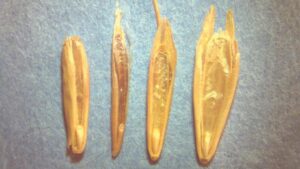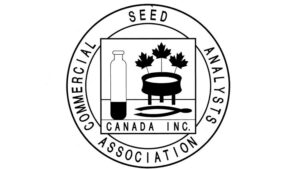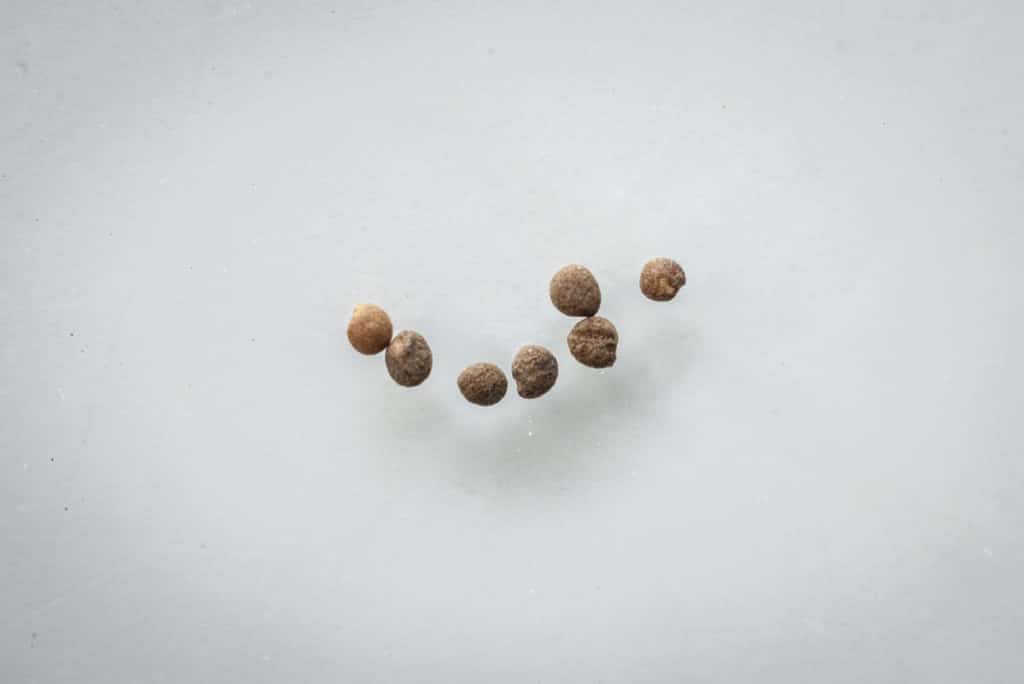

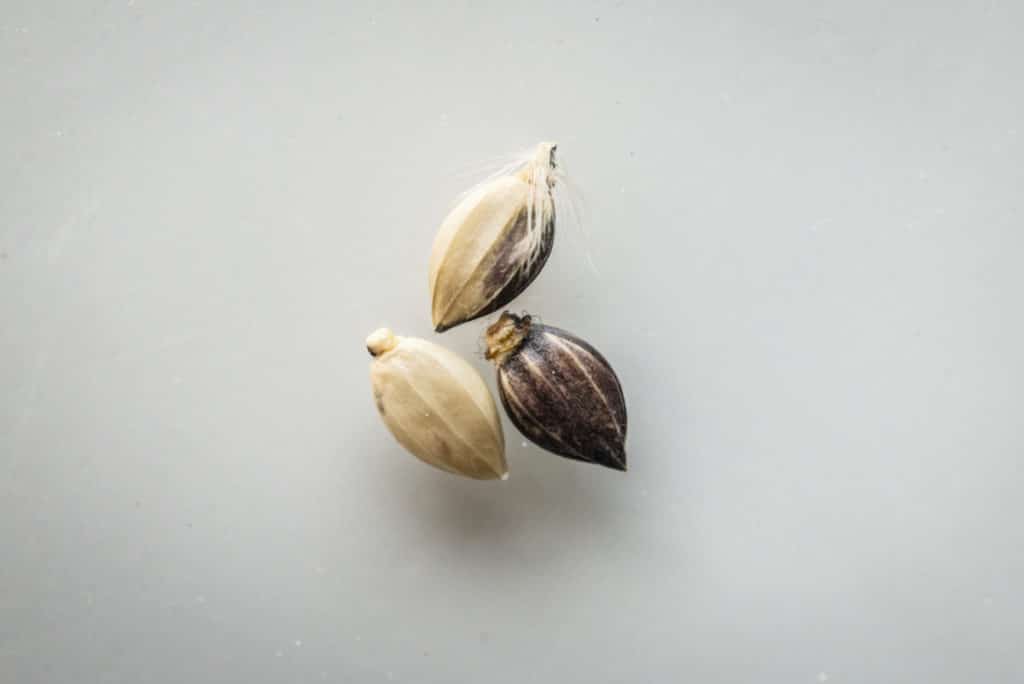
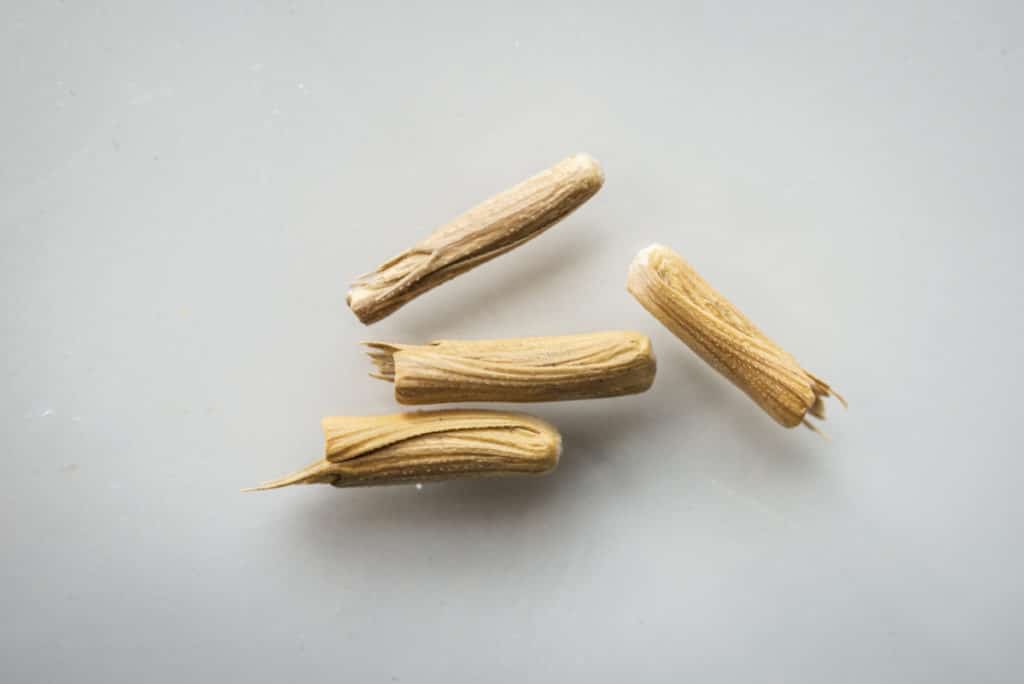
There are 26 prohibited noxious weeds in the Seeds Act. These weeds are prohibited to prevent the establishment and/or entry of new weed species into the country.
Weeds that are in the prohibited noxious category are generally not found in Canada, or else are found in small numbers. Prohibited noxious weeds can become economically devastating and have a high potential threat of invasion.
Four of these weeds are special. Not special in the sense that they are good, but in the sense that they are particularly devastating to anyone who grows large crop kinds. These four weeds should be known by anyone who grades seed by purity on a sample.
Many graders grade by document only and only grade on a seed labs report. Seed analysts who grade based on samples need to be able to spot plant material that could end up being from one of these devastating species.
As president of Seed Check Technologies, I regularly travel the province and country educating graders about these four potential threats to Canadian farming.
Here’s the lowdown on them and why you need to be aware of them. All photos by SPYD Photography/Jennylynn Fields.


